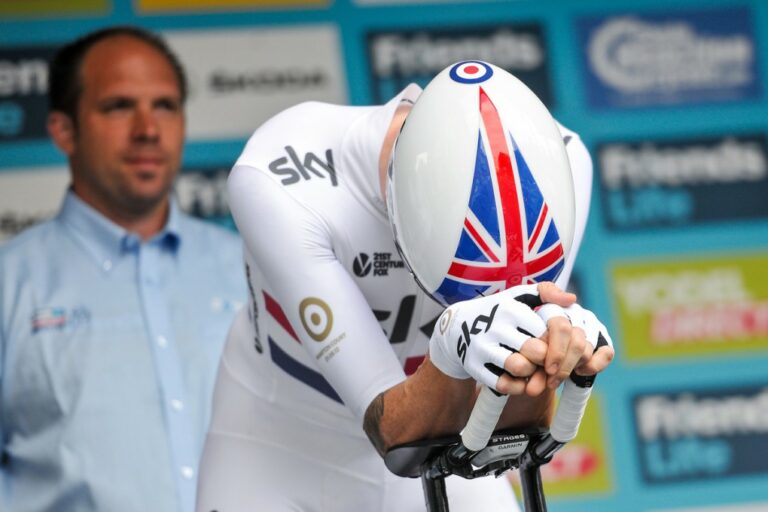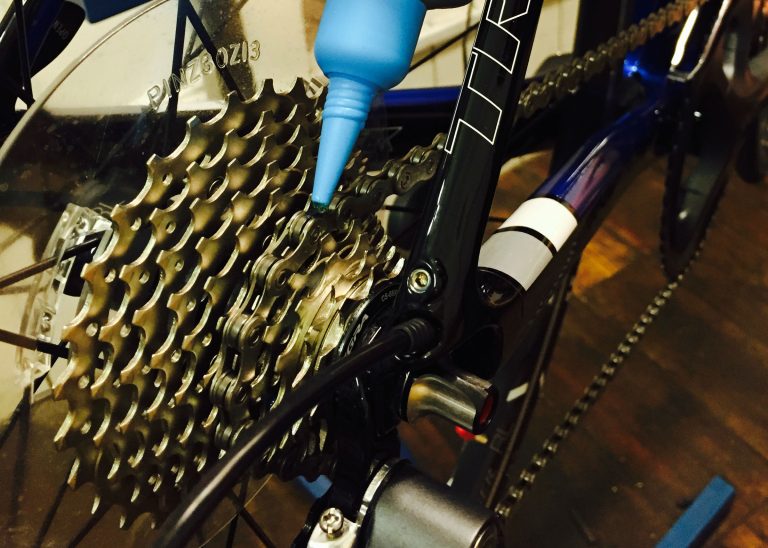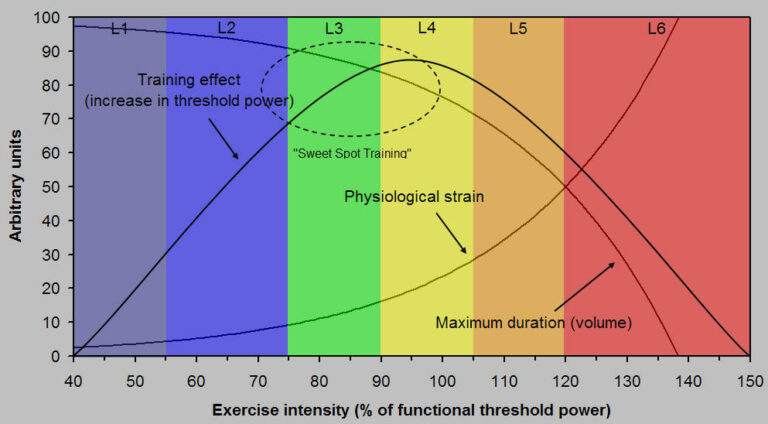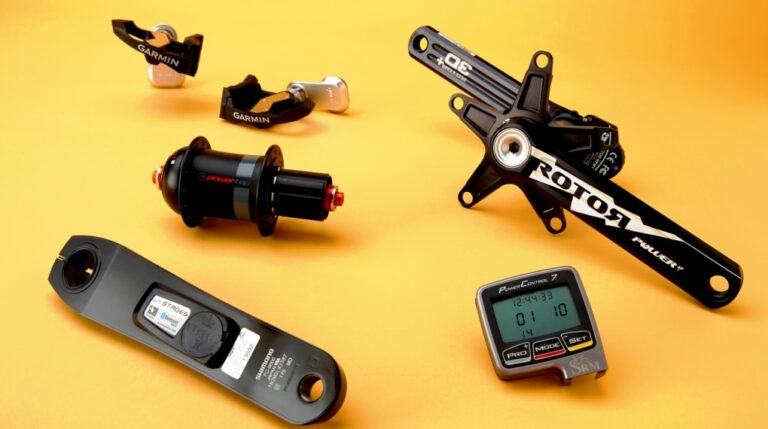Bike fitting is fast becoming common place in cycling, with the strive for marginal gains leaking from the upper echelons of the professional sport to the amateur world too.
But while many retailers now offer the fit to customers, at the very top of the tree sits British Cycling lead physio and Team Sky consultant physio Phil Burt.
Having been involved in cycling for nearly a decade, since leaving Sale Sharks to take up the post with the sport’s governing body in the UK, Burt has worked with a host of leading athletes and played a big part in the success of the last two Olympic Games.
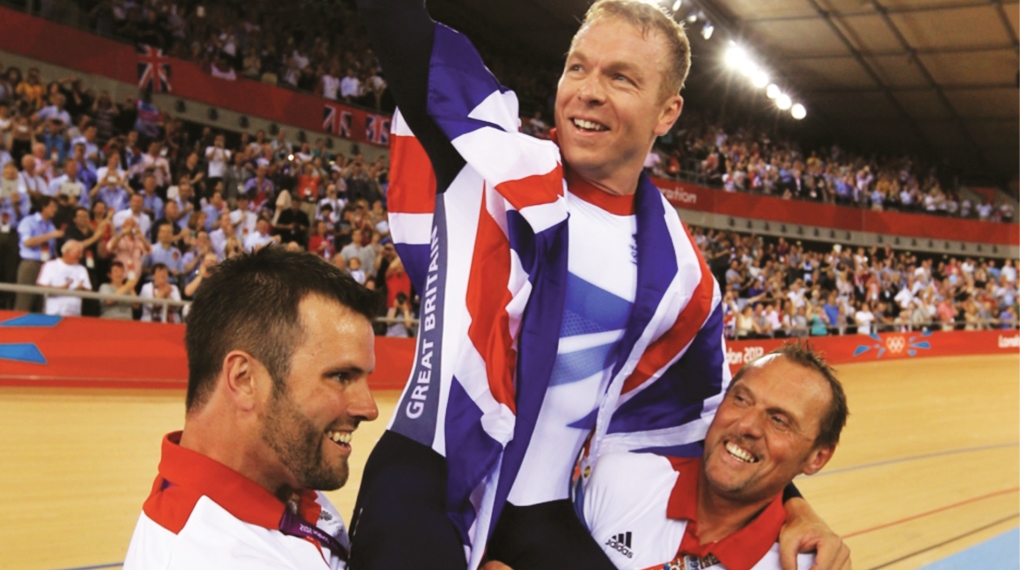
Clients have included Sir Chris Hoy and Sir Bradley Wiggins, and the ringing endorsements which accompanied his book, Bike Fit, are testament to his standing.
From helping the likes of Geraint Thomas and Ben Swift through injury, to fitting Team Sky’s first ever squad to a fleet of Pinarello bikes, Burt has a hugely impressive cycling CV.
We have already brought you his top bike fitting tips and, Burt believes, it is not a phenomenon that is likely to go away any time soon.
“When I got into cycling eight or nine years ago, what really interested me was that hard, economic interface between man and machine which you just don’t have in other sports,” he explained.
“I think it has exploded now, though, because the Americans got hold of it and because the technology around it has really flooded in to help us understand bike fitting better – for example, the tool we use – Retul.
“But I think more than anything, the boom in bike fitting comes down simply to the fact there are so many cyclists in this country. It’s a natural progression. With the work I’m involved in and everyone pushing for marginal gains, it is an important concept.
“Bike fitting is growing exponentially. If small bike shops can ally themselves to a bike fitting service, for example, people are more likely to go to the shop than buy online. I think the big brands have realised that.”
Bike fitting is proof, if any were needed, of the vast difference between riders – and the upper echelons of the sport are certainly no different.

Burt has categorised riders into two main fields – the macro-absorbers, who can tolerate a broad spectrum of machines, fits, positions and kit and make it work for them, and the micro adjusters, who can reap huge benefits (or suffer problems) from the smallest changes in setup.
Geraint Thomas, for example, famously completed the 2013 Tour de France with a fractured pelvis – forced therefore to modify his setup for comfort.
As the rider Burt most commonly associates with the former category, however, it is little surprise the Welsh hardman was still able to come to the fore as he helped lead Chris Froome to victory, however.
On the other hand are riders such as Ben Swift who, as a result of a series of injuries have to put in huge amounts of work off the bike to keep ability and progress high.
As a case study for just what the likes of British Cycling and Team Sky have achieved off-the-bike, however, there are few better examples.
Ben Swift has had some bad luck, but hie is also in that ‘micro adjuster’ category – you have to make sure all the factors are optimal for him to function at his best.
This year, the Yorkshireman followed an injury-ravaged 2013 campaign with third place at Milan-San Remo – a career best Monument result.
And Burt believes it is what Swift puts in off the bike that is central to rise back to the top this season, which also brought stage wins at the Coppi e Bartali and Tour of the Basque Country and a host of top ten finishes.
He explained: “Swifty has had some bad luck but he is also in that ‘micro adjuster’ category. You have to make sure all these factors are optimal for him to function at his best.
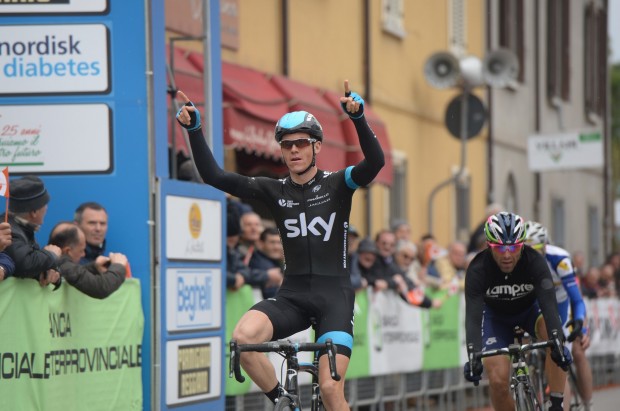
“Ben is great because he buys into it and takes in more of what you say but basically what we had to do was sort out all these issues that were affecting him [shoulder injury and operation, knee injury] and then put together a really good off-the-bike programme.
“He fully committed to everything we asked him to do off the bike so that he could then get back to performing well when he’s riding his bike.
“Again, it is a very individualised plan but it’s important to make sure there’s joined-up thinking – you want the coaches, working with physio, working with the doctor.
“And we’re delighted with him, he may not have got that many victories because he’s a perennial nearly man.
“I honestly can’t think of anybody who does more work off the bike in terms of pilates, PRX work, committing to an individual training plan – and that’s all come together for him this year.”
Swift is a rider who clearly falls into the micro adjuster category, as Burt recalls discovering when Team Sky were first fitted with their new Pinarello bikes.
“We have had a lot of guys come to Team Sky and you try to put them on a Pinarello in their ‘usual’ position and they just don’t like it,” he said. “They say it feels very different.
“But are these guys the ones who fall into the ‘micro adjusters’ category? There’s the story I recount in my book of Ben Swift, bringing all four road bikes in and telling me one was the wrong height.
“When I measured them, they were all the same but one saddle was new – it’s great that he noticed that, but…”

Thomas is another to have enjoyed a phenomenal year, his Commonwealth Games road race gold medal adding to Bayern-Rundfahrt victory, a strong Classics campaign and a career-best Tour de France placing.
By contrast, however, the Welshman’s ability to adjust and adapt to a wide range of setups, in other words his raw talent, is what has lifted Thomas to success – a trend Burt has spotted throughout his time in the sport.
“More people are successful from the ‘macro absorber’ category, if you ask me,” Burt said. “We don’t know who they are, they can’t just be identified from looking – if you could, I wouldn’t be here, I’d be a multi-millionaire!
“But if you can adapt your training plan, ride stronger where needed, ride harder and never get injured… There are these people, I’ve noticed in my profession in the marriage between bike fit and sports injury, who just seem to be more robust.
‘Macro absorbers’ like Geraint Thomas are like the kids in school who were good at everything without really trying. He doesn’t do anything different, and why would he?
“If you look at the others, the ‘micro adjusters’ like Swifty, these are people who take a huge amount of your performance teams’ work higher up but they seem to be on a knife-edge between that and seeing their performance drop or getting injured.
“I wrote that, a couple of years ago, not everyone needs a bike fit. I think it can be transferred into a lot of things in life – why does one person continually break down despite all of our efforts to keep them fit?
“Geraint Thomas doesn’t do anything different, and why would he? He just doesn’t get injured. Is it genetics, ability? That’s the million-dollar question but I would say more of these ‘macro absorbers’ make it right to the top.
“They are like the kids in school who were good at everything without really trying. Why can he do that? It’s not just skill, it’s the ability to adapt quickly to an environment.”
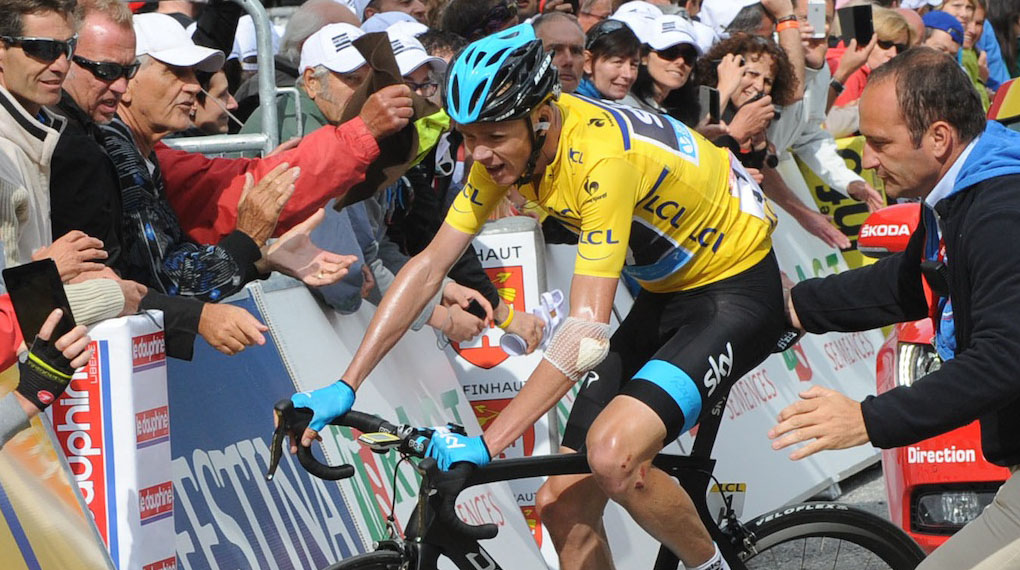
Another key element to Burt’s job – and those of the staff at British Cycling and Team Sky – is to track injuries in a bid to prevent them.
After an injury-hit season, it is something Team Sky have already taken measures to adapt to having adapted their winter training programme for the coming months.
Burt, however, believes only so much can be done in preventing injuries – with the focus instead on recovery and adjusting programmes for future reference.
“What we are good at is getting people back from injury but at the moment I am not aware of a system in the world where you can predict those more likely to be injured,” he explained.
“What we can look at is if people move differently from other people and whether that correlates with injuries but the problem is there is no clearly defined normal. What is normal? What’s normal for Bradley Wiggins is very different to what’s normal for me and you.
“There are definitely better ways to do things, still to be found, but can we just look at someone and say ‘yes, that’s why you get injured?’ I don’t think we’ll be able to. It’s a case for us physios to look at these things and join up the dots.”
“Like a lot of things, riders will have runs of bad luck – Bradley might have won the Tour a year earlier had he not had his crash. But what we can do is audit the injuries.
“For example, at the moment, a lot of the track team we have noticed are suffering competition injuries. Before Beijing the UCI changed the rules which means you have to qualify. More competition time means more competition injuries.
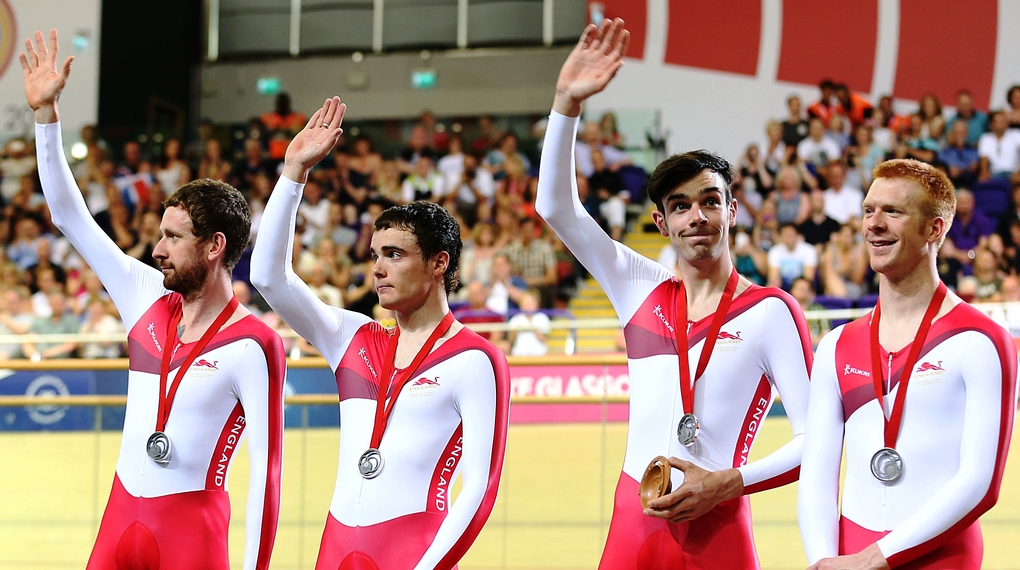
“The other things you look at is how riders respond to training. Chris Froome, for example, has always wanted to ride. Tim Kerrison’s camp in Tenerife, for example, when they are going to train really hard, works really well for some people like Froome, while other people just can’t do it and will get injured.
“What it comes down to is you control the injuries you can control. Cycling is a dangerous sport, but it is less injury-prone sport than others like athletics where you are constantly running and jumping and there’s a lot of forces going through the body. Cycling is a relatively safe sport, but when you do come off it’s going to hurt.”
He added: “What we have learned is ‘one plan fits all will lead, definitely, to more injuries. One thing I have learned over the years is that it’s the individual plans that work.
“Even in team pursuit, they have individual plans albeit ones that work to the same ultimate goal. By individualising the plans it helps you to control the injuries that you can avoid.”
Even in team pursuit, they have individual plans albeit ones that work to the same ultimate goal. One thing I have learned over the years is that it’s the individual plans that work.
The team pursuit appears to be a fitting example for the difference in training plans, particularly given the possible make-up of the British squad at Rio 2016.
Sir Bradley Wiggins’ hopes of a return to the track were buoyed by his performance in helping England to win silver at the Commonwealth Games.
And Burt believes the difference between preparing for the track and road is growing bigger and bigger.

Where once only the track sprinters bore a notable difference, now the track endurance riders are having to prepare, train and work very differently to their road racing counterparts.
“There is these days a big difference between them,” Burt admitted. “You have to qualify that a bit, in that ‘maximal cycling’, i.e. sprinting, has always been different.
“A classic example being in ordinary cycling you do not pull up on the pedals – it’s a complete myth, it is all about pushing down, but in sprinting to get off the start at speed then they do. Sprinters are completely different, they are like weight lifters on bikes.
“Their injuries do not even come from the track, theirs will come from the gym because it’s a big part of building muscles.
“But if you look at it now between track endurance racing and road racing, in my time here that game has really changed. You can see that with Bradley Wiggins.
“He’s really going to have to commit if he wants to be back on the track. In the past you could get to the end of the road season and then pick it up pretty quickly but the team pursuit time now is getting so fast that it is almost a different sport [than the past].
“They are different animals and they suffer different injuries and different profiles of injury and illness on the track compared to the road.
“That is why Bradley is having to come back now. He will need at least 18 months to get that fast again. When I started ten years ago, the team pursuit was around 4’01” and now the team are able to do 3’52” in London.
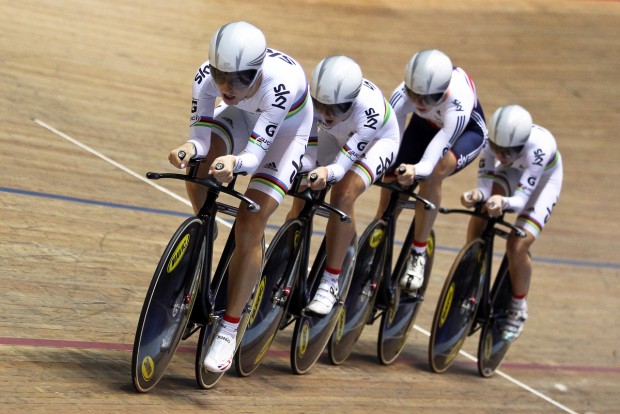
“It’s almost like the 400 metres in running – that time is right on the limit. There are differences between track and road, therefore, in the injuries and how you manage it. The road injuries are more often down to over-use.”
Wiggins, however, is a rider well-versed to Burt’s training routines and the requirements, also, of work off the bike.
And the changing attitudes towards training are typified by one of Burt’s anecdotes about one of Britain’s favourite cycling sons.
“He came to me in 2008 when he was with Team Colombia with a CD they had given him,” he explained. “His off the bike work wasn’t great then, and they had come up with 27 exercises for them to be doing.
Bradley does a lot of resistance training now and the build up to his world time trial win was part of that. All the evidence now is that endurance cyclists can benefit from a training programme – not big heavy weights, but some.
“He showed it to me and said, if I do all of those I won’t have any time left to ride my bike!
“I think it comes down to what your goals are. If you just want to ride your bike and you have very little time for anything else then just ride your bike.
“Bradley does a lot of resistance training now and the build up to his world time trial win was part of that. All the evidence now is that endurance cyclists can benefit from a training programme – not big heavy weights, but some.”
So if Ben Swift and Bradley Wiggins should be sat alongside you next time you are at a gym, you will know exactly why – and you can bet Burt and his team at British Cycling will not be far away as they strive to cut the injuries and boost the gold medal counts ahead of Rio.

